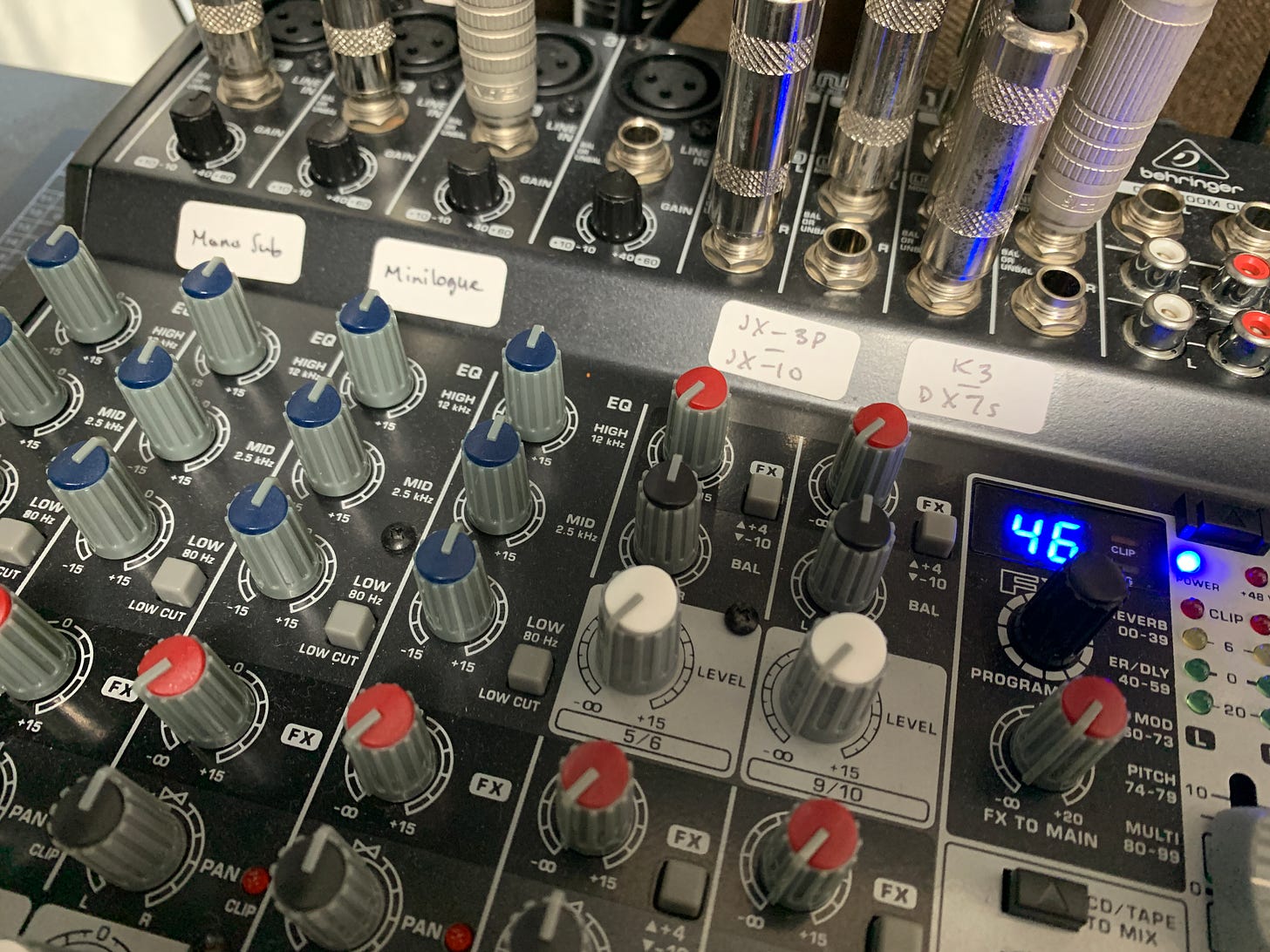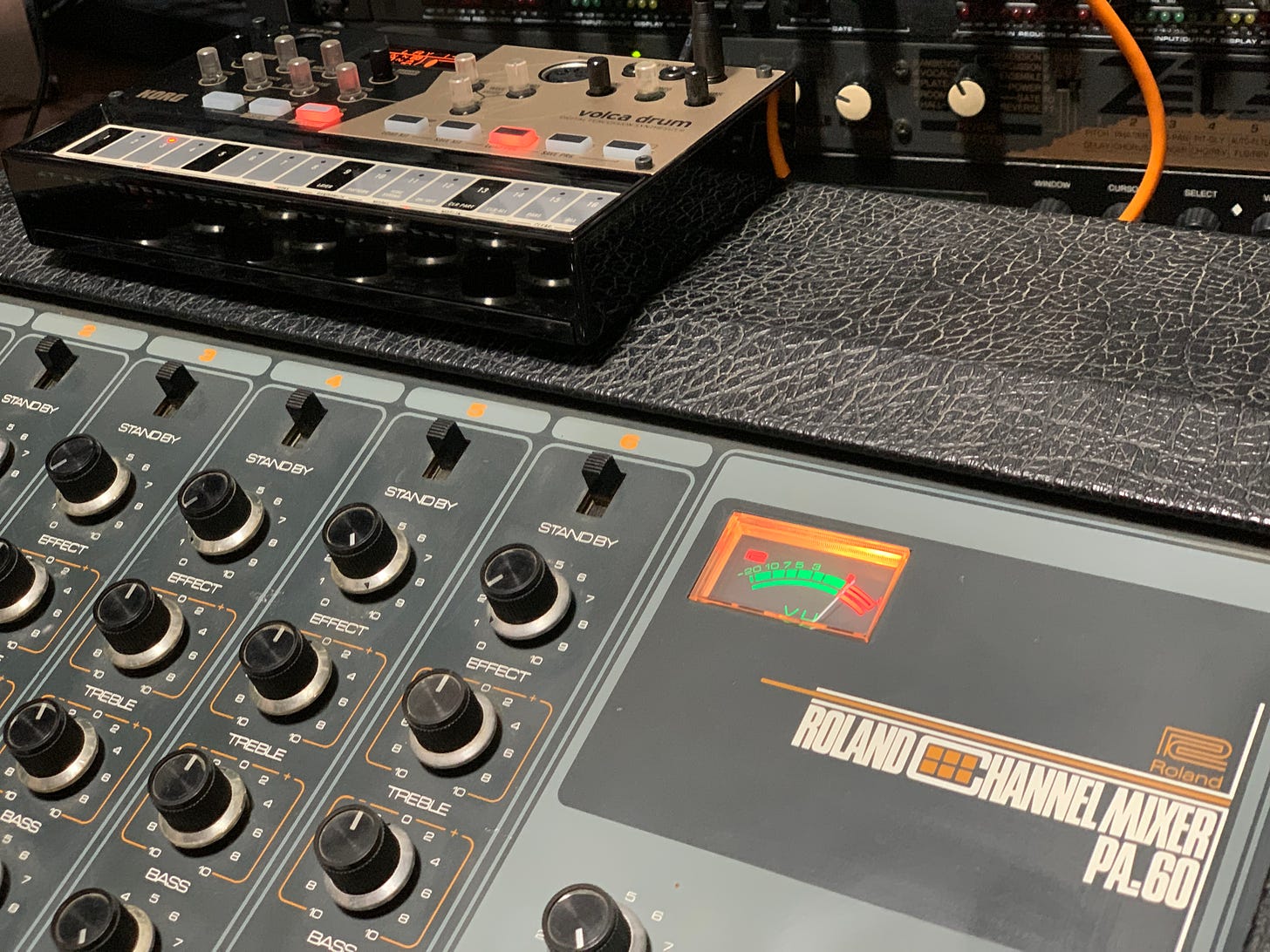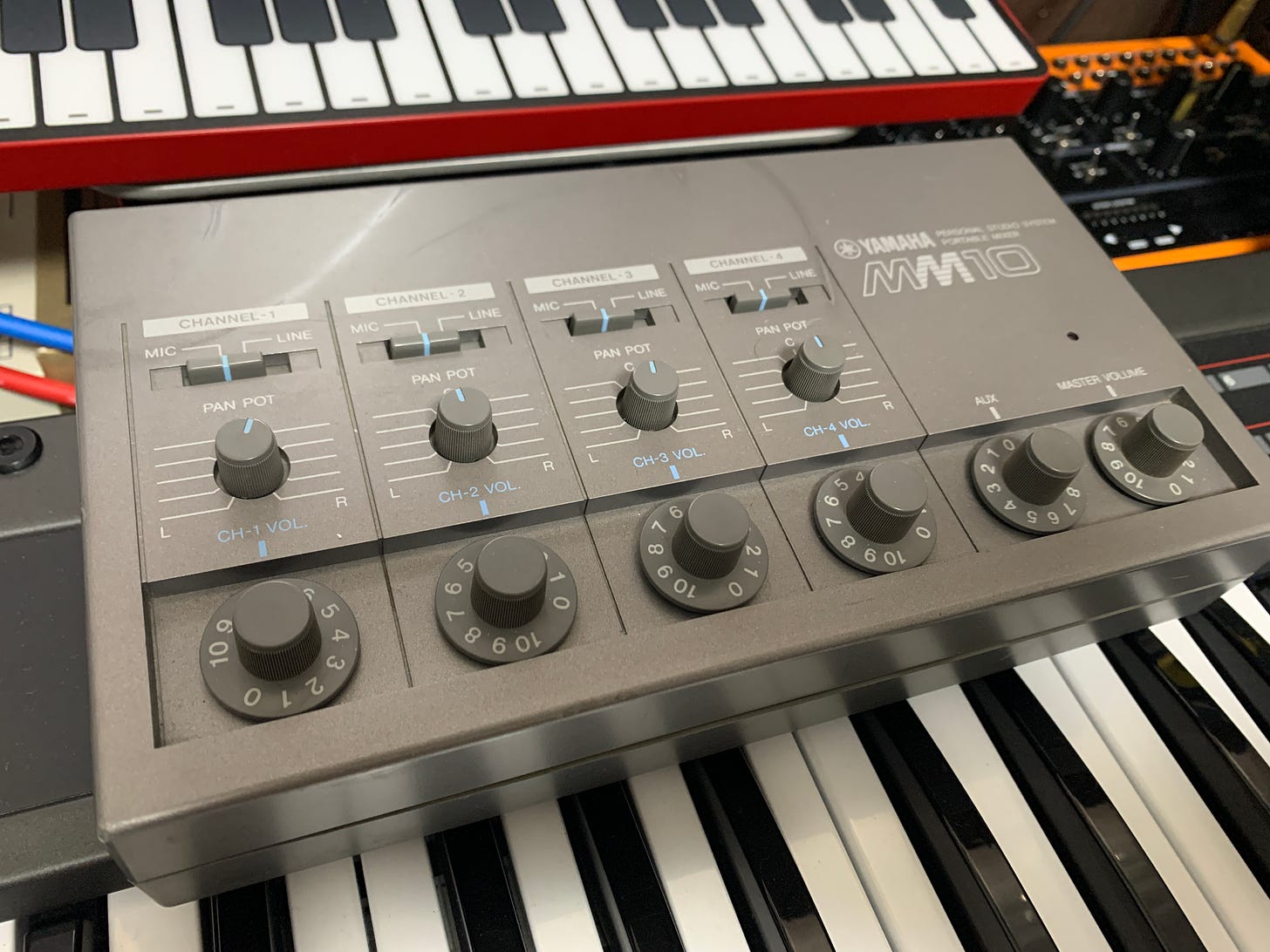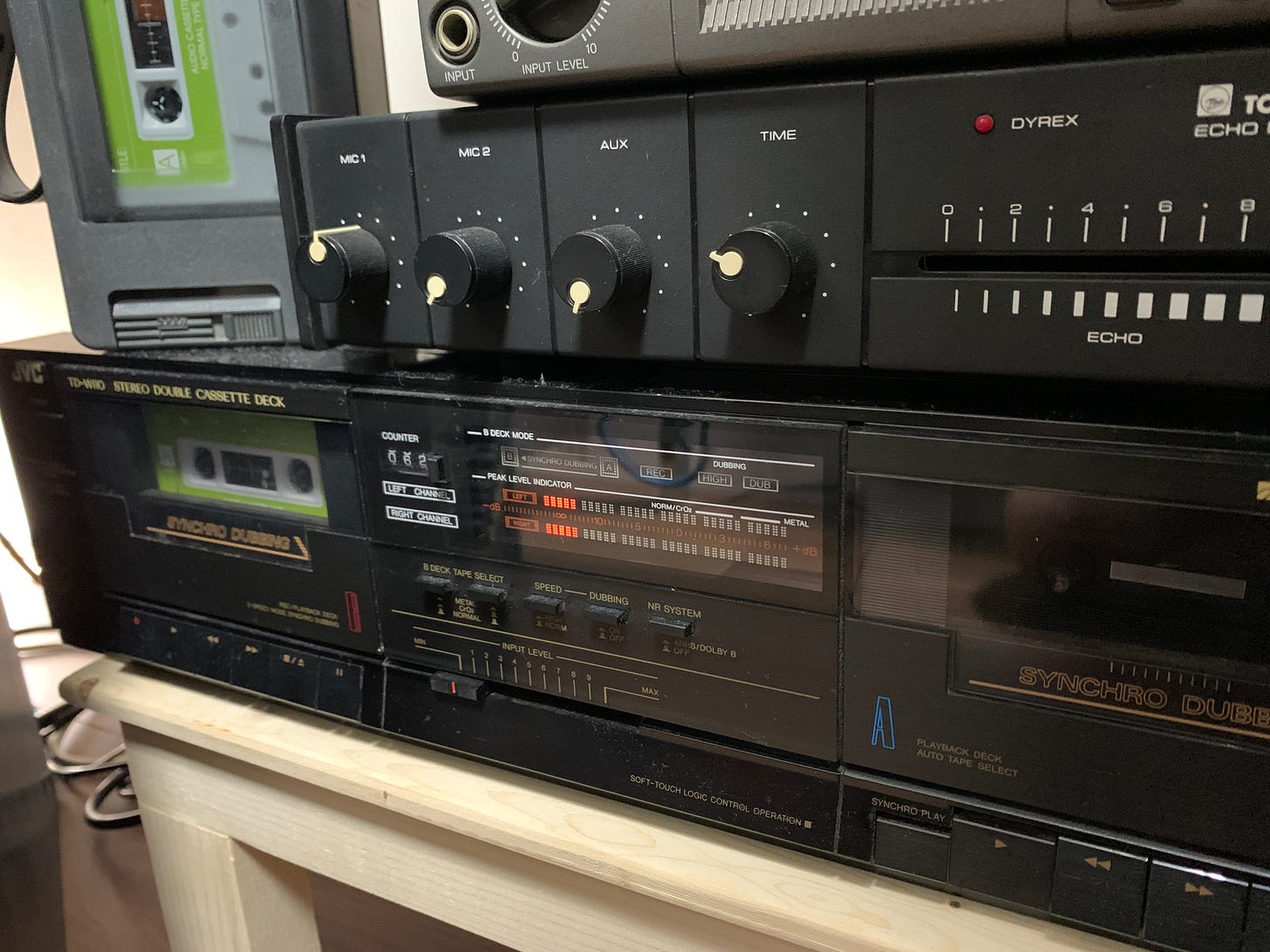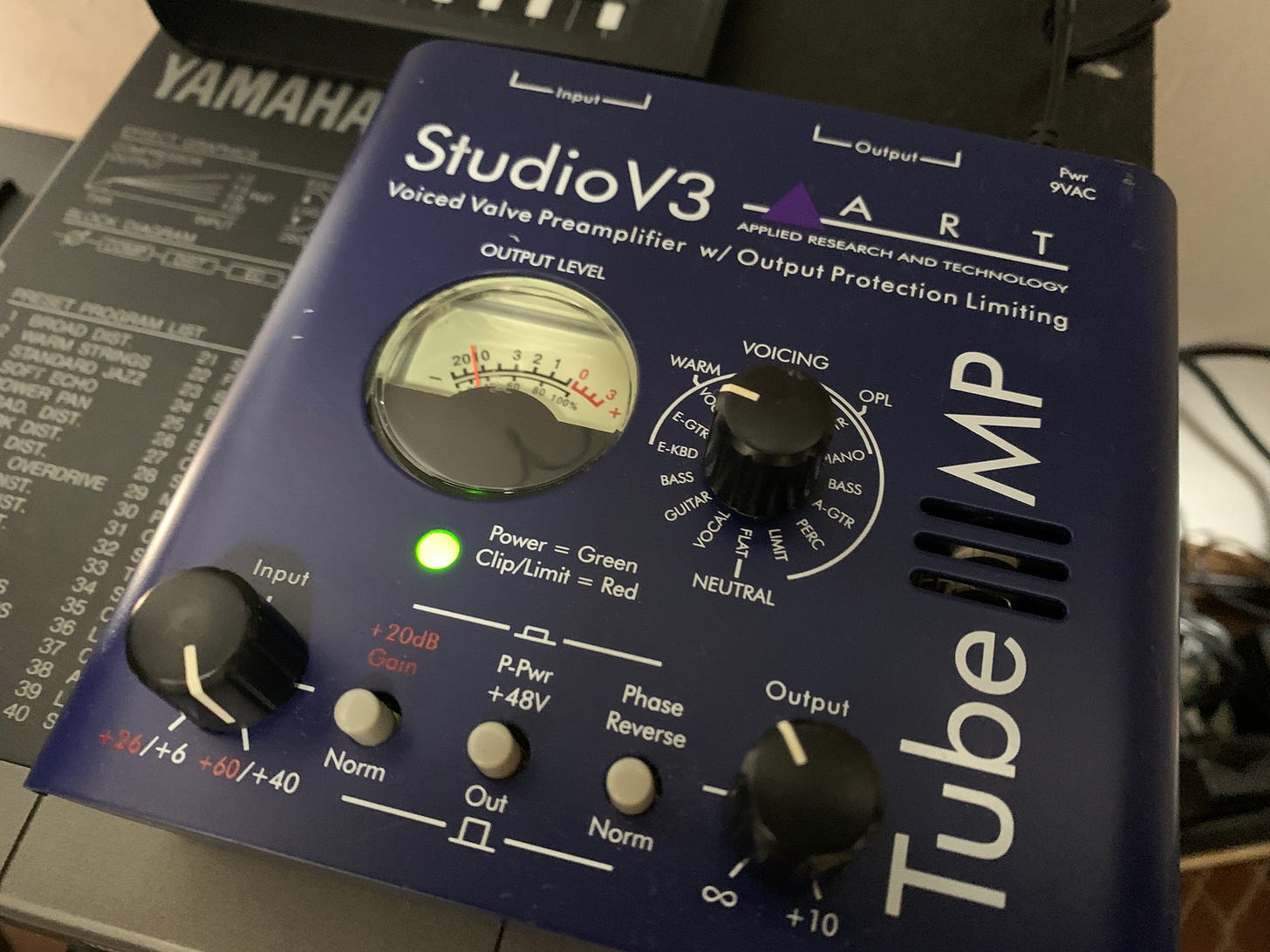On Creativity 2: Empire Of Dirt
This time in On Creativity, I talk about fun ways to saturate, distort and otherwise creatively abuse audio.
Distortion doesn’t have to mean a Rat pedal. There are plenty of ways to add character and grit to an audio signal without fuzzing it out with a stomp box. In this month’s On Creativity, I look at four ways to dirty up audio with hardware. Bonus: it’s all relatively affordable.
Mixers
Back in the 1990s, before we had DAWs and modern, computer-based recording technology, we ran everything through hardware mixers. Not only did this help glue the sound together by summing everything through the same device, but it was also a handy way to saturate the sound.
Many hardware mixers have some way to control gain. While volume controls the level of the audio going out, gain does the same with audio coming in. By cranking the gain but lowering the volume you can excite the signal without it ever getting too loud. Nineties techno is full of mixer gain abuse.
I’ve really been getting into old Japanese P.A. mixers these last few years. Desks like the Yamaha EM-130, Roland PA-60 or Boss KM-60 are all perfect for warming up audio. Because of the old components and discrete electronics they break up in a gorgeous way when pushed into the red. Drums sound particularly spectacular. Send your drum bus out to be summed through the mixer and then blend it in with the clean track for some parallel saturation and compression.
Even cheap, portable mixers can be useful. I have a Yamaha MM10, which is part of the same home studio series as the CS-01 synth. It’s battery-powered and only has RCA outs but flip that input gain switch from Line to Mic and it’s instant blow-out.
Karaoke And Consumer-Grade Electronics
Japan is the birthplace of karaoke. As a past-time, karaoke was massively popular in the 1970s. Accordingly, there was a plethora of inexpensive gear released targeting the home and bar karaoke singer. If you don’t happen to live in Japan, brands like Radioshack (in the US) and Tandy (in the UK) released similar products.
Fancy a duet? In my collection, I’ve got a Trio Play Mixer Model MX-70, a two-microphone mixer that treats any incoming line signal like a toddler does a tablet: with extreme prejudice. It’s worth it for the muddy spring reverb alone.
Cassette Decks and Four Tracks
There’s just something special about cassette fidelity. I never liked it in the 1980s—I always preferred records—but now I love the way it smushes audio. The natural compression it imparts on bass and drums is gorgeous and, like reel to reel, sounds better coming from hardware rather than plugins.
I picked up a dual JVC deck at my local Hard Off a few years back for around $10. Only one of the decks works properly, and it could probably use a good cleaning, but then that would defeat the purpose of using it to add dirt and distortion. I also specifically use low noise cassettes, the ironically named grade of tape that has the most noise. Instant vibes.
How I wish I had held onto my broken four-track recorder though. Slightly broken = extra fun when it comes to these things. And they’ve gotten so expensive now it’s not really worth it anymore. Multitrack minidisc recorders are cheap though. I wonder if those could be abused?
Pre-Amps
Microphone pre-amplifiers can be expensive. Really expensive. Although they’re gorgeous, I don’t have the money for that kind of gear. Instead, I pick up cheap things and put them to nefarious use. A favorite recent purchase is the Zoom StudioV3, a tube pre-amp. I love smashing digital synths like my DX7 though that. From cold to hot in one easy step. Behringer also makes affordable tube pre-amps that are ripe for misuse.
Did I miss anything? What are some of your favorite creative distortion techniques? Let me know in the comments.


